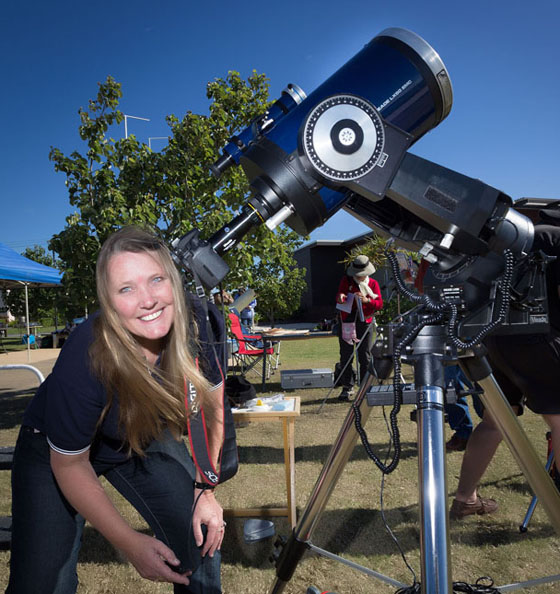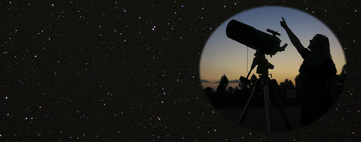I ran quickly downstairs to grab my iPhone and flew outside to capture some images before it faded into the morning light.
What a beautiful sight to behold, the colours were amazing, now for some science :-)
The Colour of Clouds
NOAA (National Oceanic and Atmospheric Administration)
https://www.noaa.gov/
Some of the most picturesque clouds occur close to sunrise and sunset, when they appear in brilliant yellows, oranges, and reds. The colors result from a combination of Rayleigh and Mie scattering.
At sunrise and sunset, the Sun is low in the sky, and its light passes close to the Earth’s surface where the atmosphere is most dense. As light enters the atmosphere at this angle, it refracts with the greatest bend due to this higher density, causing the light's path to lengthen, further allowing for more Rayleigh scattering.
Most of the shorter blue wavelengths are scattered on this longer path, leaving the majority of longer waves to continue. As light continues to move through the atmosphere, yellow wavelengths are scattered leaving orange wavelengths.
Further scattering of orange wavelengths leaves red as the predominant color of sunlight.
Therefore, near sunrise and sunset, a cloud's color will be whatever sunlight color it receives after Rayleigh scattering. Mei scattering scatters all remaining wavelength colors equally within the cloud.
To continue reading more please go to the NOAA link below:
https://www.noaa.gov/jetstream/clouds/color-of-clouds





































 RSS Feed
RSS Feed
